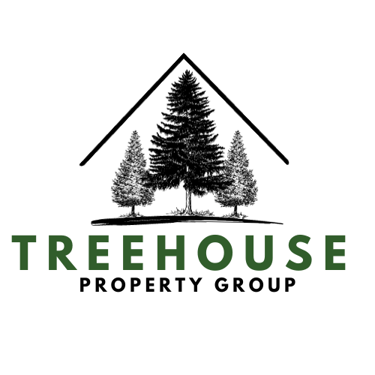Treehouse Property Group
Your Premier Land Partner
Call/Txt (614)-450-0206 Email support@thpgroup.net
What to Look for When Buying Land for Investment or Development
Harold Townes
10/19/20242 min read


What to Look for When Buying Land for Investment or Development
Purchasing land for investment or development requires careful planning and research. Whether your goal is to build, sell later for profit, or hold it for future appreciation, assessing certain factors will help you make an informed decision. Here are some key considerations to keep in mind.
1. Zoning and Land Use Regulations
Zoning laws dictate what can and cannot be built on a piece of land. These regulations, set by local governments, specify permitted uses such as residential, commercial, agricultural, or mixed-use.
CONSIDERATION: A plot zoned for residential development may not be ideal if you’re planning commercial projects. Also, restrictions like setbacks, height limits, or protected areas can limit how you use the property. Check with local authorities for zoning changes, as future re-zoning could increase the land’s value or development potential.
2. Soil Quality and Environmental Factors
Understanding the physical characteristics of the land is crucial, especially if you plan to build on it. Soil composition can impact the feasibility and cost of development. For instance, poor drainage or unstable soil may require additional work before construction begins.
Tip: Have the land inspected or conduct a soil survey to identify potential issues. In addition, check for environmental regulations, such as wetlands protections, that may restrict usage.
3. Access to Utilities and Infrastructure
Proximity to roads, utilities, and other infrastructure is a critical factor for development. Land with easy access to water, electricity, sewage systems, and transportation networks will be more attractive to future buyers or tenants.
CONSIDERATION: If these services are not readily available, you’ll need to account for the cost and timeline of extending utilities to the property.
4. Development Trends and Future Growth Plans
Researching ongoing and planned developments in the area can offer insight into future property values. New infrastructure projects, businesses, or residential developments can drive demand for nearby land.
Example: Buying land near a future highway expansion or in an area with planned urban growth can provide significant returns. However, holding out for growth comes with risks, so understanding the timeline and likelihood of development is essential.
5. Topography and Parcel Size
The physical layout of the land—such as its slope, elevation, and overall size—can affect development potential. Land with flat terrain is easier and more cost-effective to build on, while steep or uneven lots may require costly site preparation.
CONSIDERATION: Evaluate how much usable space the property offers, especially if some areas are not suitable for development. Access to natural features like rivers or scenic views may also enhance the land’s appeal for specific projects.
Final Thoughts
When buying land for investment or development, thorough due diligence is key to making sound decisions. Evaluating zoning regulations, soil quality, infrastructure access, and future development plans can help you avoid costly surprises. Some investors focus on finding undervalued properties with potential, while others prefer land already positioned for growth.
Careful planning and a clear understanding of these factors will put you in the best position to succeed in your land investment journey.
Treehouse Property Group
Your Premier Land Partner
CONTACT
© 2024. All rights reserved.
M-Th 10:00am - 4:00pm
